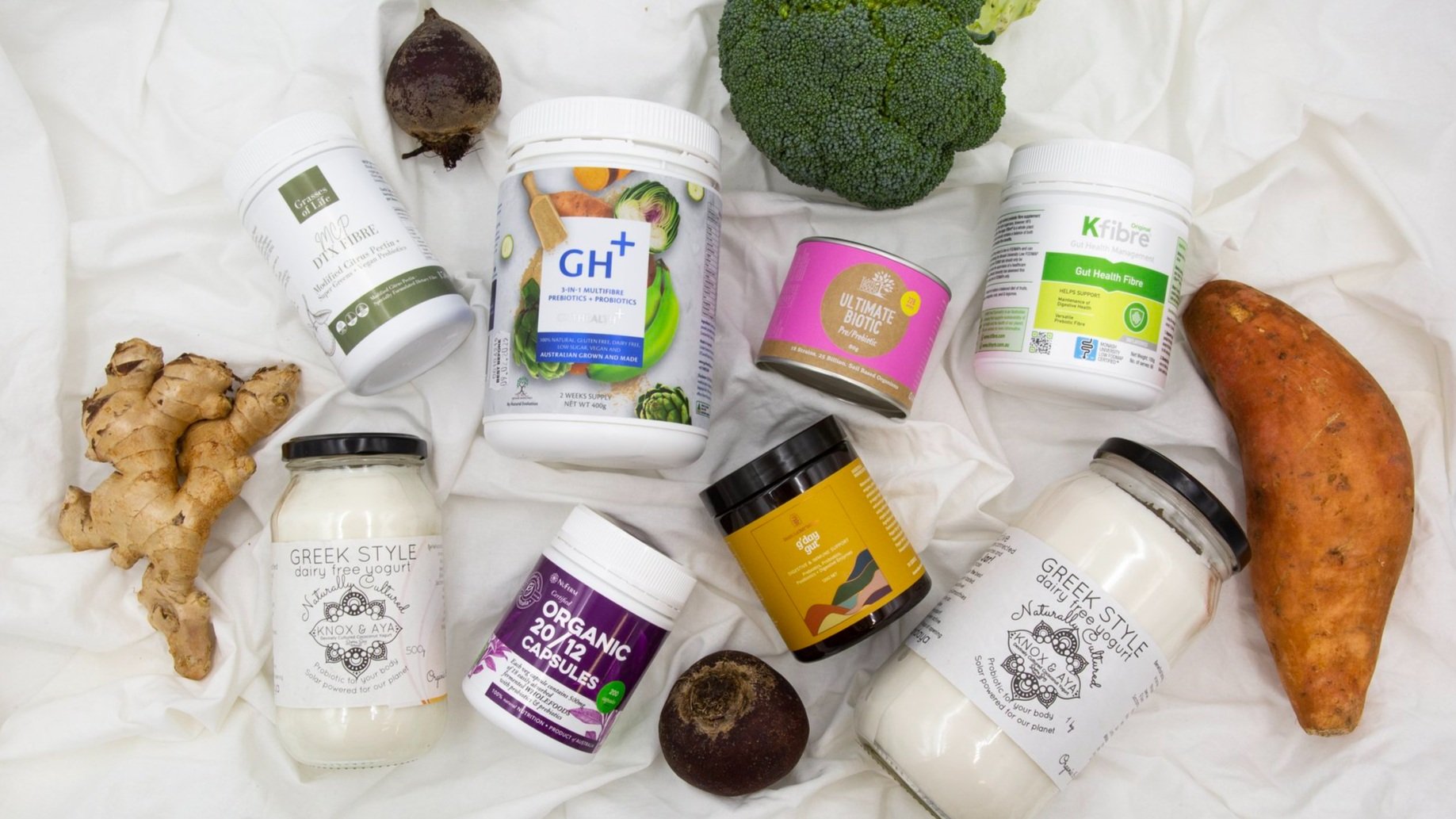
SETPEMBER, 29 2023
DEBUNKING MYTHS AROUND PROBIOTICS
As we enter an era where everywhere we look there seems to be more information about nurturing and supporting our gut microbiome, there are not too many people who haven’t heard of probiotics. These are quite frequently prescribed to patients in mainstream medicine to follow up after a course of antibiotics. The thought process behind the use of probiotics is that they will help to restore the microbiome after the impact that antibiotics have towards even the healthy bacteria in our gastrointestinal tract. Truth be told, this is one of the worst roles that a probiotic preforms.
For a long point in time the thought behind probiotics was to use them after a course of antibiotics, whereas now the research supports taking alongside antibiotics to support the adverse effects during the course. The lifespan of a probiotic is more restricted to the time being taken and up to 2 weeks after. With the support of PREBIOTICS, the probiotics can have a symbiotic impact in the restoration of the microbiome through feeding the beneficial bacteria.
Prebiotics include some of the three most researched: Fructooligosaccharides (FOS), Galactooligosaccharides (GOS) and Lactulose. Prebiotics have the biggest impact on changing the microbiota - through supplementation or inclusion within a diverse diet. Prebiotics have a selective impact on the microbes by feeding the good bacteria and decreasing the bad bacteria, therefore these are more of our suggested long-term inclusions over probiotics.
FOS - garlic, onion, asparagus, chicory, banana, rye and artichoke.
GOS - legumes, split peas, Berlotti beans, cashews, hummus and Freekeh.
LACTULOSE - cows milk and extracted liquid found in most health food stores and pharmacies.
THE PROBIOTIC MAZE
SO WHEN DO WE USE PROGIOTICS AND WHY?
Probiotics have a greater impact when choosing specific strains for the conditions in which you are hoping to have a positive impact towards. Just as there are different car makes and models - all of which have different specs, probiotics have these also. So, it really is all about the strain. Whether you are needing treatment for eczema, the seasonal cold and flu, allergies, iron absorption, vulvovaginal candidiasis, IBS, impacting bone density or mood, there are different strains for all of these!
CHOOSING
Choosing a brand can also be overwhelming, with the help of a practitioner you will be guided in the right direction. Probiotics can be expensive as there is a large investment into the research of these strains and typically this is reflected in the pricing, the investment you make in a quality practitioner product typically shows the heavy research put into the specific product and strain for the treatment outcome you are after. For example, Lactobacillus is one of the most known genus types, typically found in yoghurts but Lactobacillus plantarum 299v is used to help increase absorption of dietary iron.
HOW TO EFFECTIVELY TAKE YOUR PROBIOTICS
Probiotics also have the difficult transit through the destructive low PH of stomach acid before they reach the lower GIT and colon for the delivery of their health effects. Studies show that roughly 80% are killed in the upper GIT. Therefore, having your probiotics with or after a main meal specifically with dairy help the survival rate of the probiotic as it disrupts the pH giving them a better chance of survival.
Eating probiotic rich foods are also a great addition to your diet! These are a smaller dose than practitioner level probiotics, therefore, will not have the same effects for specific conditions, but still great, nonetheless. Foods such as kombucha, sauerkrauts, yoghurts and kefir are all tasty additions to increase your dietary probiotic levels. My personal favourite is our stocked brand Knox and Aya’s coconut yoghurt - delicious, great probiotics and no bad ingredients!
We stock a varied range of pre and probiotics at Market Organics. Speak with a practitioner in store today to help direct you in the right supplements for you and your health journey.
(Pictured: Selection of prebiotic and probiotic products available at Market Organics)
By Maddison Auld - Clinical Naturopath, Herbalist, Nutrition BHSc Naturopathy, NHAA
First seen in the Seasonal Magazine: Spring 2023
Back to MO Blog page
